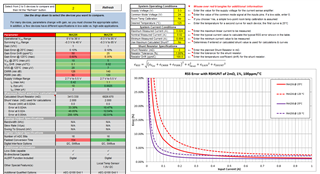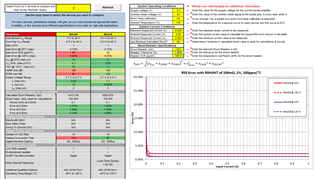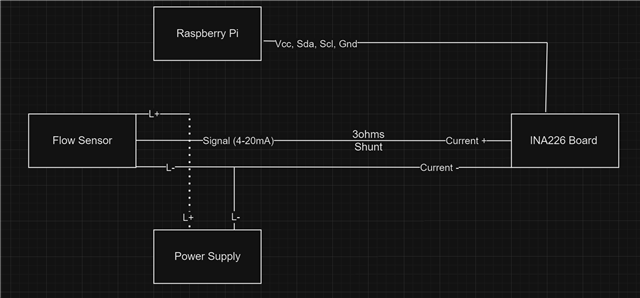Hello everyone,
I have a small project to measure the flow output of a flow sensor (wiring diagram below) to the INA226 breakout board (wiring diagram below) and to a Raspberry Pi 4B+. Since I am not familiar with electrical work, I wanted to get some opinions on my approach to the problem.

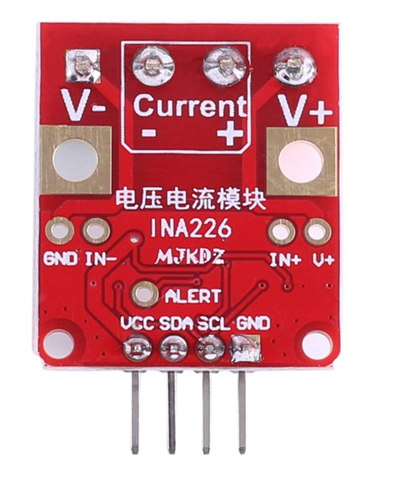
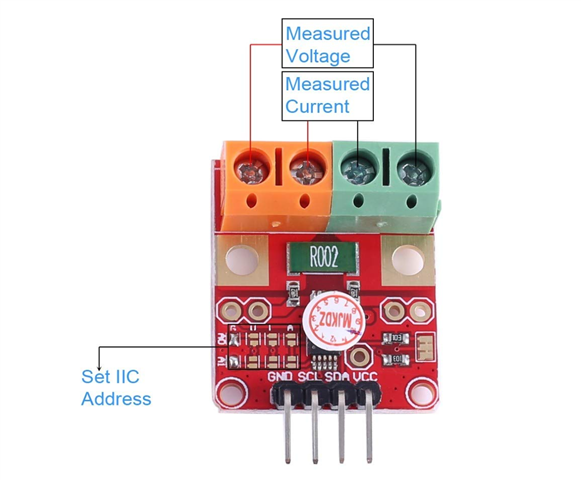
I am imagining the wiring diagram would look like this:
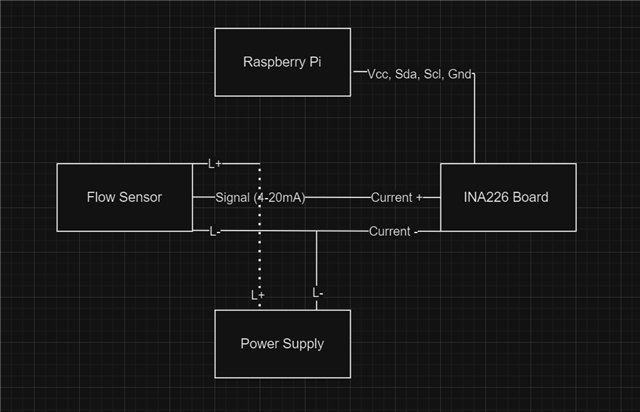
Afterward, I would use a Python library like this: https://github.com/e71828/pi_ina226/tree/main to query the current value from the INA226 board. Is this a good plan to tackle the problem? Additionally, since I need to measure between 4-20mA, what would be my rough measurement error with an INA226 and the R002 resistor on the board for this problem?




